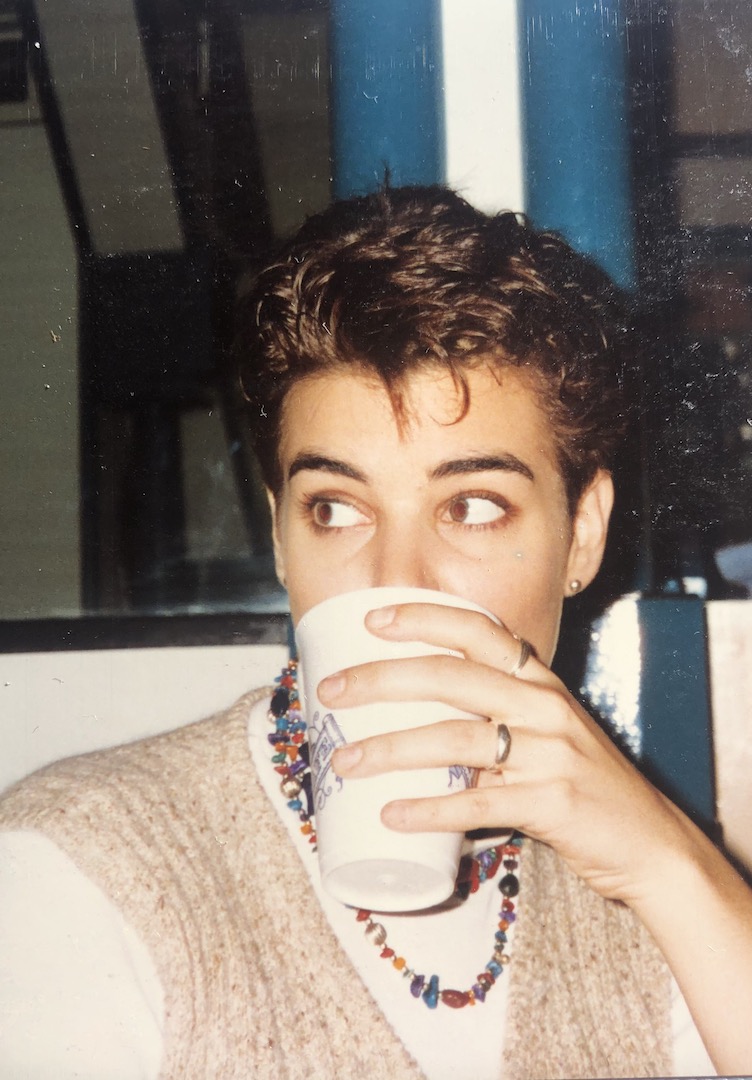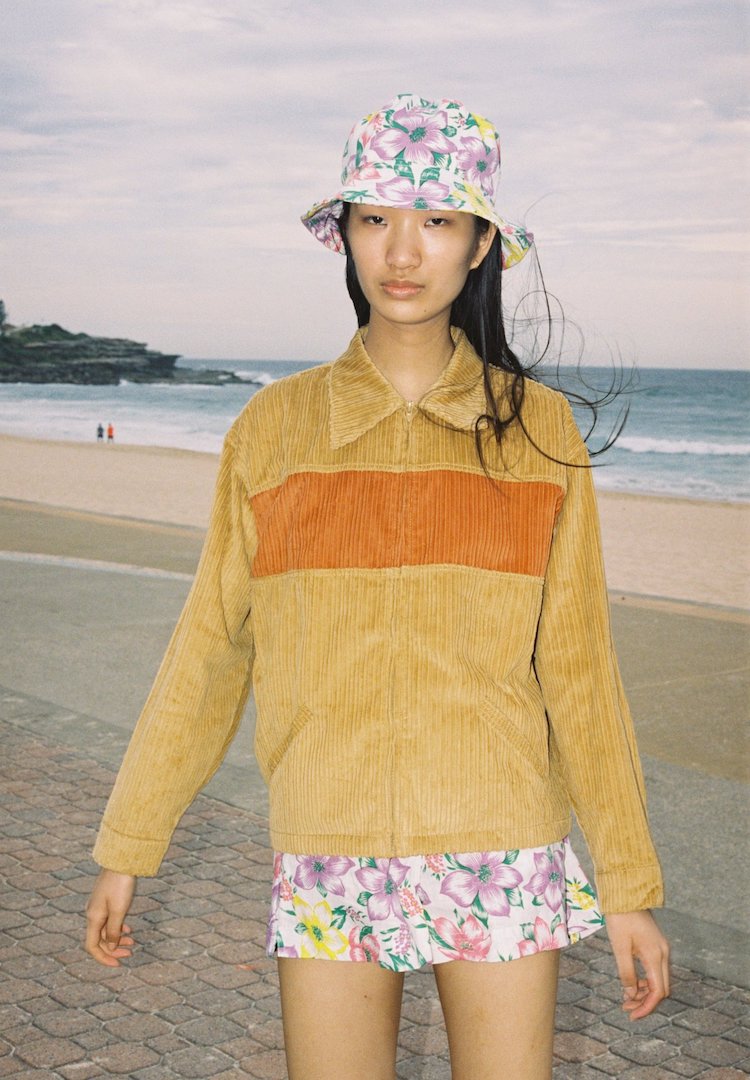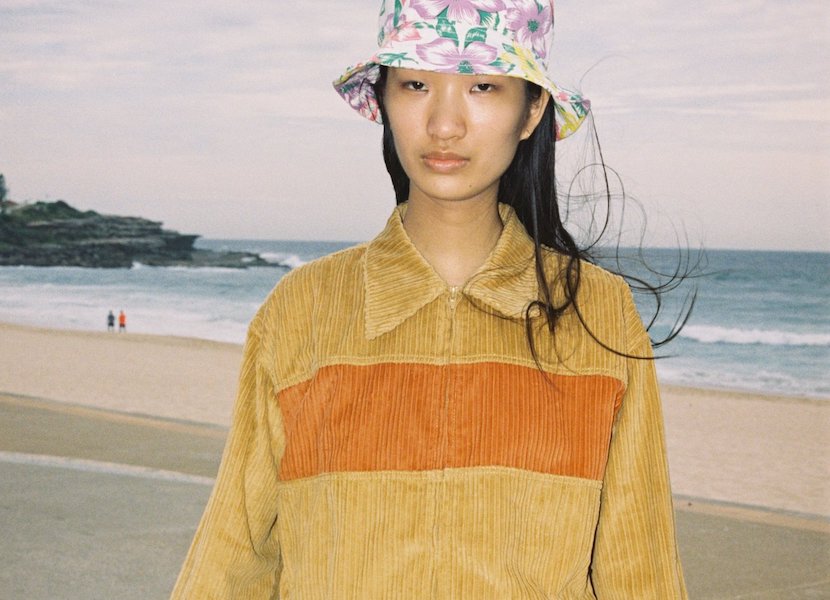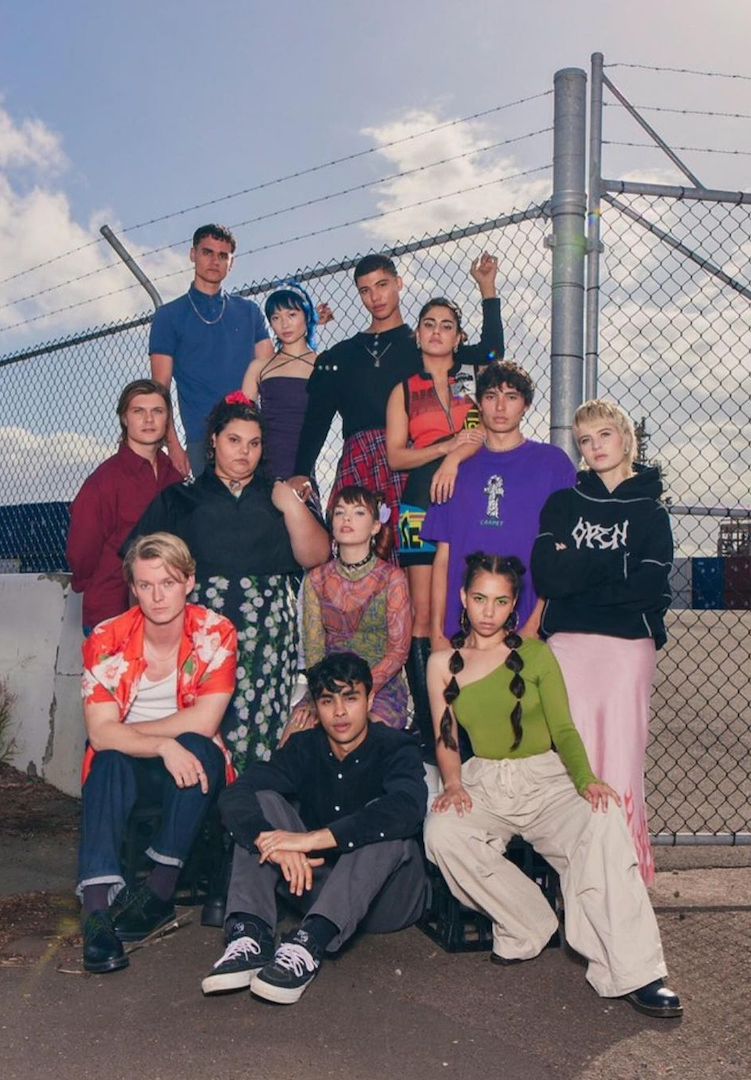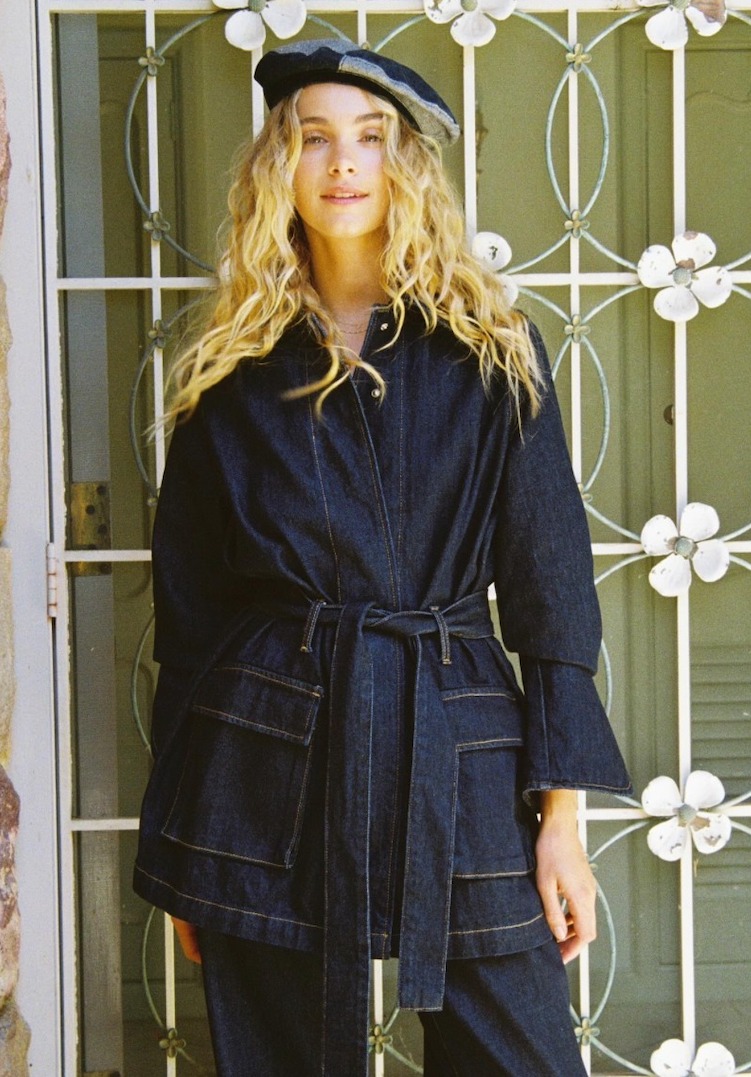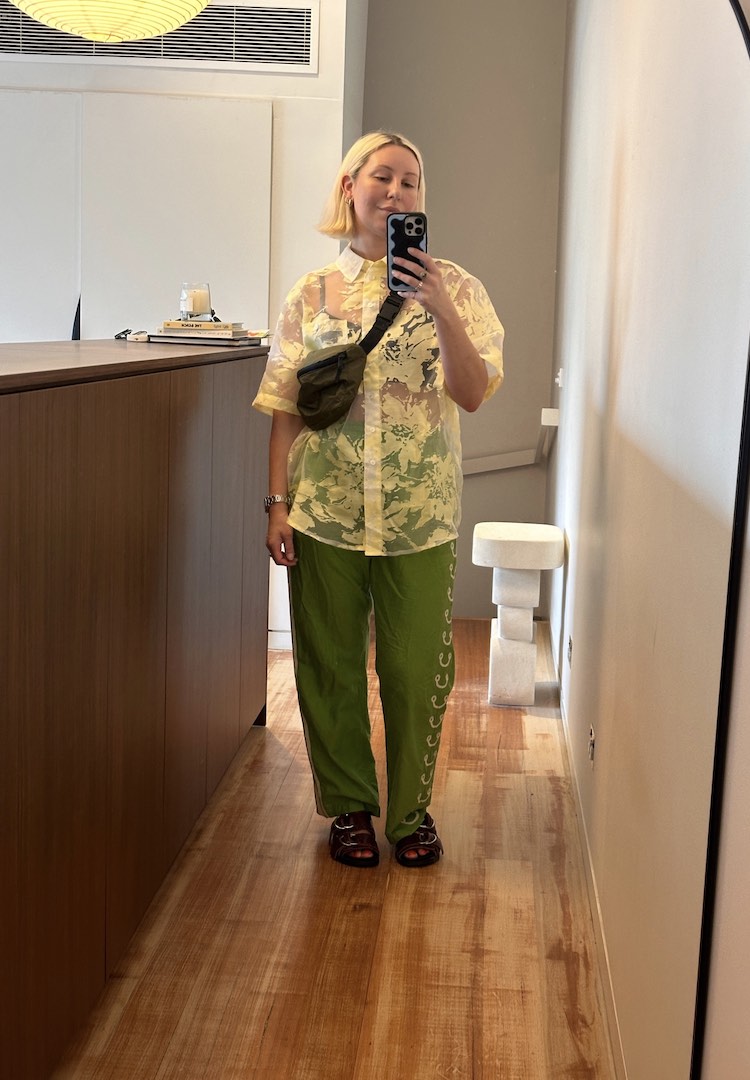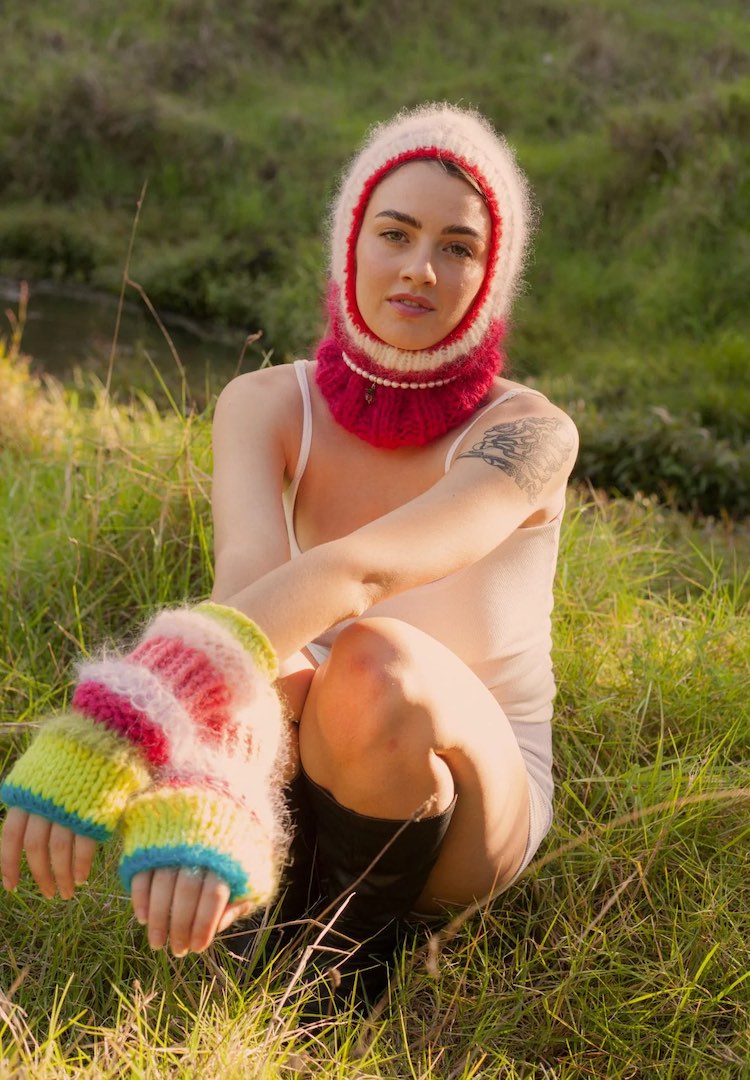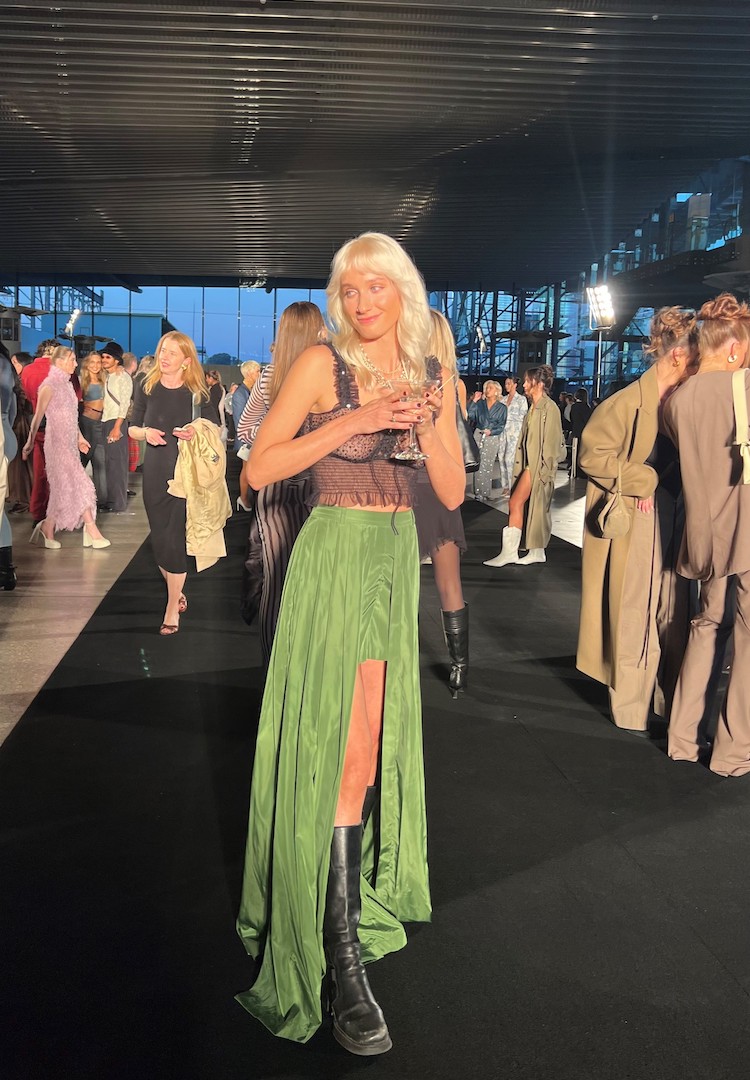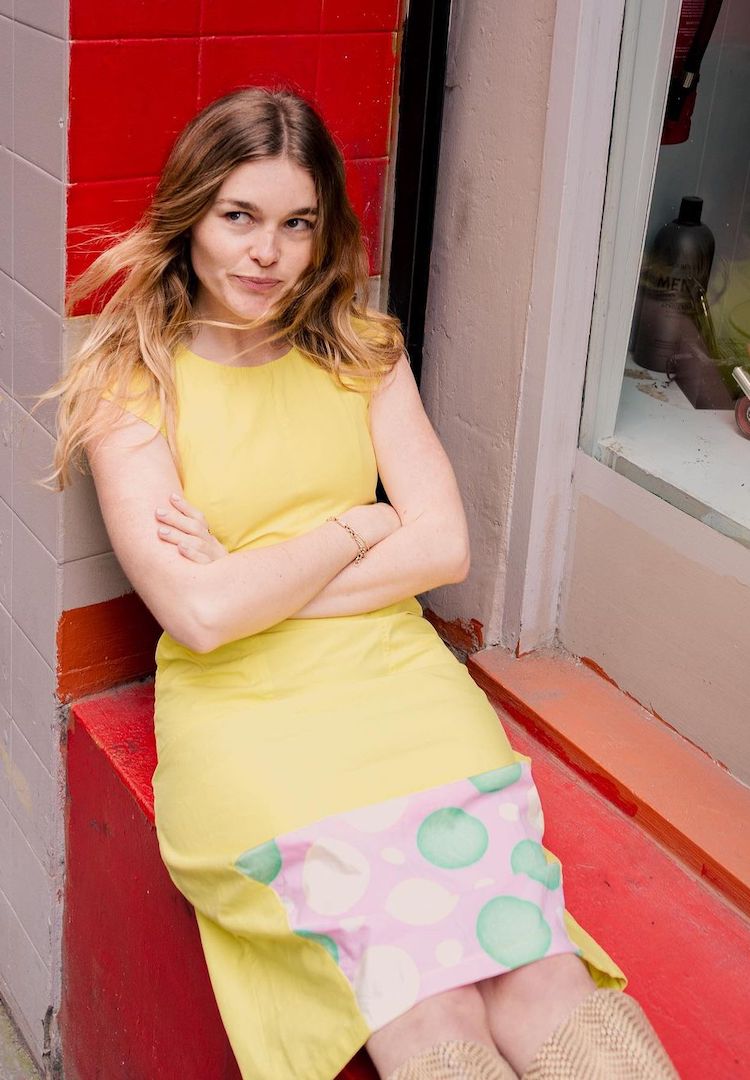Surf culture dominated ’90s Australian fashion and now it’s back, better than ever
Image via Holiday the Label
Words by Bianca O’Neill
It was brands like Mambo and Billabong that paved the way for our industry.
When you think of Australia, what do you think of? Certainly for many people around the world, it’s the quintessential ‘surfer’ – sun-bleached hair, fading tan, pushing through the kilometres of coastline to catch a big break behind the fading, never-ending sunset.
A lack of diversity representation aside, have you ever thought about why the world sees us in this way? Or why it’s so successful as a brand for our multicultural, modern, mostly-urban country full of people who have never surfed a day in their life? For the answer to that question – at least when it comes to fashion – we have to take a look at our most successful sartorial decade yet: the 90s.
Want to stay ahead of the trends? Browse our Fashion vertical for the latest.
Ah, ’90s fashion. Most of you reading this were probably not born yet – or perhaps, you were barely babes. But as someone who lived their formative years during the ’90s, it was every bit as wild as you imagine. We speak a lot now about de-gendering fashion, but in what other decade could a young heteronormative girl attend a posh private high school’s casual day in baggy green cord jeans, skate shoes, and a ripped band tee, and not face a mere blink?
The ’90s was rife with girl power, delicious and loud, and mostly delivered by shiny pop icons like the Spice Girls and Gwen Stefani. Streetwear entered its first iteration via music – in particular, the rise of hip hop and grunge culture. Forget memes about WFH sweats being a feminist revolution compared to 10+ hours in the office in skinny jeans. In the ’90s we were all trying to look like we rolled out of bed.
And when it came to Australian fashion, it was all about The Big Three: surf brands, that is. Billabong, Quicksilver and Rip Curl aggressively consumed the casual fashion market both here and overseas and, arguably, created one of the most impactful expansions in Australian fashion history.
I’ve always felt like we don’t acknowledge how crucial the role of surf brands was during the ’90s to elevate excellent Aussie design and fabric technology onto the international stage. If we’re honest with ourselves, there’s actually a bit of cultural cringe about it.
Due to our ongoing Small Country Syndrome, we tend to want to push the idea that we’re sophisticated through fashion. This is generally done via the Maticevskis and Dion Lees – rather than Mambo’s farting dog, let’s say. But regardless of how we feel about a farting dog representing our most excellent local industry, we also have to admit that in the end many, many more people wore that T-shirt than will ever wear, say, a beautiful Maticevski. And what’s so wrong with that?
We should embrace this aspect of our fashion history, because it makes us who we are today. And perhaps, more importantly, it also paved the way for better representation for genderless fashion. It brought women into the conversation about streetwear and sport.
“Surfing has always been aspirational,” says Brooke Farris, General Manager of Women’s at Rip Curl. “In the ’90s, we saw this fascination with both the sport and its fashion really blow up. The Australian-based surf brands were ready to pounce, focusing their energies offshore and increasing their global distribution.
“What really helped surf capture the trend was our push into women’s. It was in the ’90s that the brands woke up, so to speak. Women were surfing, they were a part of the culture, they too needed the right products to reflect who they are both in and out of the water.”
But perhaps the biggest impact on Aussie female surfing fashion was the inimitable Roxy. When Quicksilver decided to create a women’s-specific surf brand in 1990, they perhaps didn‘t understand the impact they were about to create. The brand hit $1 million in sales in its first year. By 1996, it debuted at New York Fashion Week. Basically, Roxy walked so Blue Crush could run (and gross USD $40 million at the box office).
Rapid expansion continued through the mid-’90s and early-’00s, now joined by another home-grown brand, Mambo. The big three Australian brands retained their dominance globally, acquiring smaller labels like Rossignol, Element, RVCA, Nixon and DC Shoes, and gobbling up the streetwear market.
But the bubble would soon burst. In the 2010s we saw surf brands fall strongly out of favour, losing their tight grip on the youth market. In 2013, The Conversation wrote: “As the big three surf brands grew, so did a disconnect between global commercial ambitions on the one hand, and maintaining local subcultural credibility on the other hand. Ironically commercial success has also been the source of their troubles. The big three have lost their ‘cool’ with young people – their core demographic.”
The 2010s were dominated by the ‘hipster’, a generational shift that saw pop culture embrace a more homely aesthetic: whiskey, chopping wood, beards, artisanal bread and most devastatingly for the surf fashion brands, a movement away from shiny, fit bodies basking on the beach in bikinis.
But now, ’90s fashion is back, better than ever, and surf fashion is riding the wave right into our shopping carts. Sure, it looks a little different than it used to, but this time around it’s hitting all the right notes… and runways.
I thought it was really interesting that Emma Mulholland’s Holiday The Label was nominated as part of the David Jones National Designer Award this year – an award usually proliferated by sleek, conservative separates and high end occasionwear. Holiday’s breath of fresh air on the runway this year was something entirely different; Mulholland’s ’90s-inspired surf/streetwear was replete with bucket hats and yin/yang symbols and sun-bleached colourways.
Meanwhile, over at Double Rainbouu, it seems we are bringing back the ’90s mainstay: the Hawaiian shirt. Perhaps it’s the brand’s take on the iconic Mambo ‘Loud Shirt’ – the cornerstone ’90s street fashion piece embracing an instantly-recognisable Aussie art and fashion collaboration with Reg Mombassa.
View this post on Instagram
“Nineties fashion overall is making a return with high-end fashion houses giving nostalgic styles a modern makeover,” says Mambo CEO, Paul Cannon. “Millennials are sifting through their parents’ wardrobes as well as thrifting, looking for finds that are authentic and encapsulate the ’90s era.”
“During the pandemic, with most people forced to stay home, apps such as Instagram, Depop and TikTok increased significantly in usership and played such a crucial role in driving trends for 2020 and 2021.”
Farris also thinks the resurgence of ’90s fashion is rooted in nostalgia, following a hard year of WFH. “Fashion continues to move through the past decades, it’s like a trend treadmill,” she says. “I could speculate that our change of lifestyle in the last 12 months made surf and skate front-of-mind again. It’s accessible, we’ve seen increased engagement and participation, it’s a real expression of self. For those who are older, it’s nostalgic and I think in times like these, we’re pining for some familiarity and comfort.”
Whether these big name surfing brands see the same kind of dominance they saw in the ’90s is yet to be seen, but this time they have a lot more competition than they used to. Fast fashion brands are so nimble these days, able to turn around trends in the wink of an eye, and can deftly move in and out of this space at will.
But one thing is for sure. When couture fashion brands like Chanel tell us they think surfing is cool – as they did in 2019 with their coveted $10,000 surfboard – it’s time to sit up and pay attention.
“Whether surfwear will make a return to large-scale fashion popularity is certainly not out of the question,” wrote The Fashion Law in 2019. “However, given the mainstream adoption that has come with the global expansion, IPOs, and acquisitions tied to some of the surfwear industry’s biggest names, it almost certainly will not look (or feel) the same as it did when surfing maintained a counterculture allure. Certainly $10,000 Chanel-branded surfboards are the antithesis of that.”
Or… is it? Interestingly the new generation — a generation bombarded with commercial messages and advertising more than any other generation, a generation of influencers and fast fashion brands and content marketing indiscernible from actual content — has no problem pursuing global, commercial brands while still perceiving to retain their individuality and ‘cool’.
Youth culture has changed; being cool is no longer tied to subculture in the same way as it was. For those praising sponsored TikTok creators with millions of followers from across the world, the idea of cultural globalisation isn’t an issue. In some way, the brand that these creators are wearing doesn’t matter – what does matter to young people these days is whether it’s immediately available to purchase. After all, they don’t call it the ‘now’ generation for nothing.
So, why can’t surf fashion be both coveted and cool? As long as we keep it well away from farting dogs, perhaps we’ll see surf back on the sartorial menu. Actual surfing skills optional.
Want in on the ’90s surfer-chic revival? Browse our Aussie surf favourites here.

